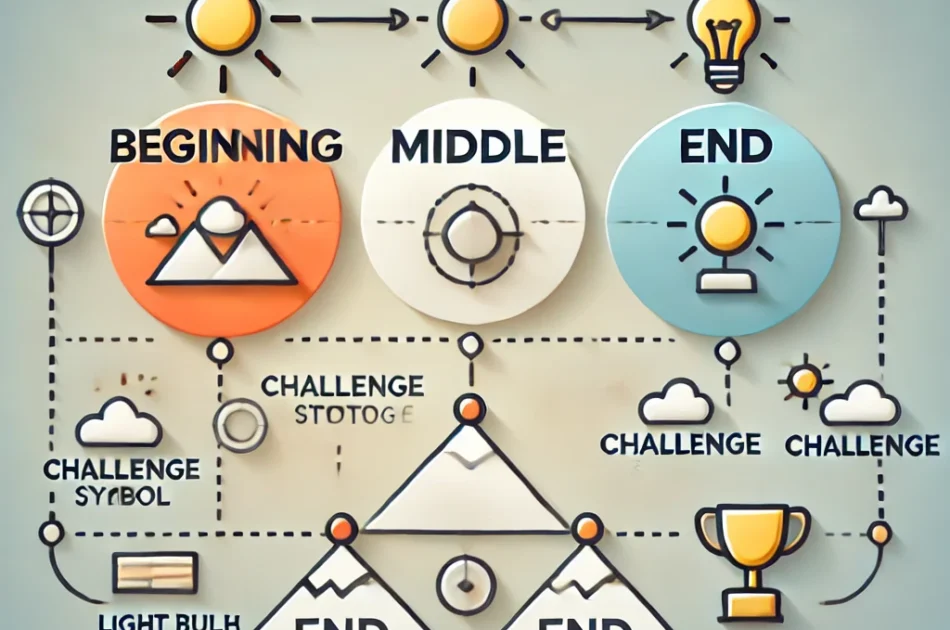The Role of SEO in Content Marketing:
What’s New for 2024
As we dive into 2024, the synergy between SEO and content marketing has never been more vital. With evolving algorithms and shifting consumer behaviors, understanding the latest trends in SEO can significantly enhance your content strategy. Let’s explore the key developments shaping this landscape this year.
The Rise of Semantic Search
Understanding Semantic Search
Semantic search focuses on the intent and contextual meaning behind search queries rather than just keywords. Search engines, like Google, are getting better at understanding natural language, which means your content should address user intent more effectively.
Actionable Tip:-
Create comprehensive content that answers related questions. Use tools like Google’s Keyword Planner and Answer the Public to identify topics and phrases relevant to your audience.
Voice Search Optimization
Why Voice Search Matters
With the increasing prevalence of voice-activated devices, it is imperative to optimize for voice search. Voice queries tend to be longer and more conversational compared to traditional text searches.
Actionable Tip:-
Incorporate FAQs and conversational language in your content. Focus on answering common questions directly to enhance voice search compatibility.
Core Web Vitals and User Experience
The Importance of User Experience
Google’s ”Core Web Vitals” have become essential ranking factors, focusing on metrics like page speed, interactivity, and visual stability. Improved user experience can result in increased rankings and enhanced engagement.
Actionable Tip:-
**Google Page Speed Insights** and similar tools can help you evaluate how well your website performs. Prioritize improvements that enhance load times and overall user experience.
E-A-T and Content Quality
Emphasizing E-A-T
*Expertise, Authoritativeness, and Trustworthiness (E-A-T)* are critical, especially in sensitive topics like health and finance. Google rewards high-quality content that demonstrates expertise and reliability.
Actionable Tip:-
Highlight author credentials and cite credible sources. Consider featuring guest posts from recognized experts to boost your site's authority.
Video Content and SEO
The Dominance of Video
Video continues to lead in engagement, making it vital for SEO. Optimizing your video content can improve dwell time and user interaction, both of which are favorable signals to search engines.
Actionable Tip:-
To improve the titles, descriptions, and tags of your movies, include relevant keywords.Create transcripts for videos to enhance accessibility and indexability.
Local SEO Strategies
Focusing on Local SEO
As consumers increasingly search for local services, effective local SEO strategies are essential. Optimizing your Google My Business (GMB) profile and leveraging local backlinks can enhance your visibility in local search results.
Actionable Tip:-
Keep your GMB listing complete and up-to-date. Encourage satisfied customers to leave positive reviews and create localized content that attracts regional audiences.
Content Repurposing and SEO
Maximizing Content Value
Repurposing content allows you to reach a wider audience and extend the life of your best-performing material. Transforming blog posts into infographics, podcasts, or videos caters to various audience preferences.
Actionable Tip:-
Identify high-performing content and brainstorm how it can be repurposed. Use tools like **Canva** for infographics or **Audacity** for podcasting to maximize your content's impact.
-
Conclusion
In 2024, SEO is a foundational element of successful content marketing. By embracing these trends and adapting your strategies, you can ensure your content not only reaches your target audience but also engages and converts them. Focus on quality, user experience, and innovative approaches to stand out in the competitive content landscape. Recall that your objective is to provide worthwhile material that appeal to your target audience. Happy marketing!!















